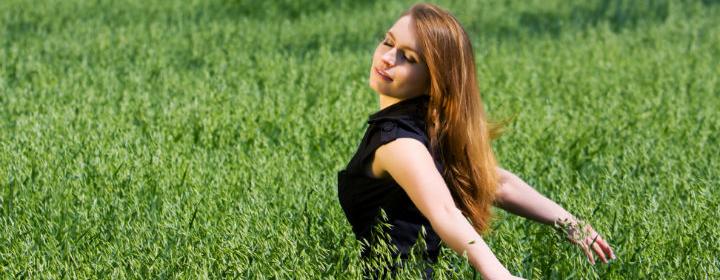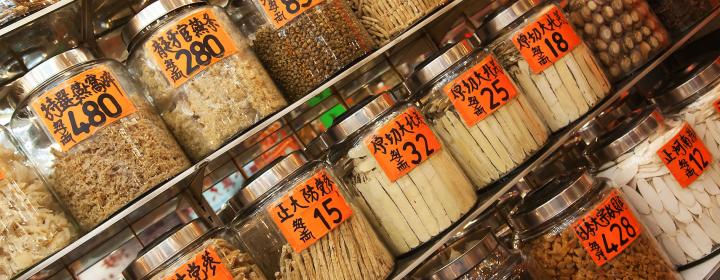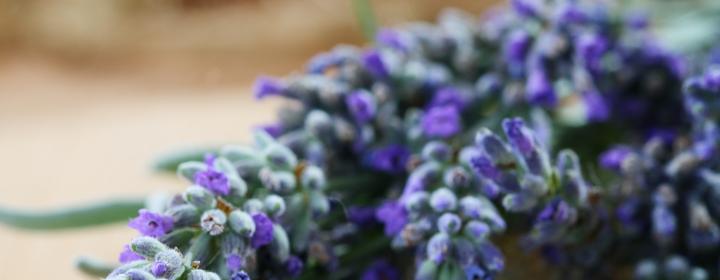Know your ingredient
St. John’s wort – yet to reveal its true self
Don’t dismiss St. John’s wort as last year’s herb. It may have faded somewhat in the mind of the public, but St. John’s wort is still one of the best and most studied botanical medicine for mild to moderately severe depression. Its effectiveness in major depression has yet to be proved or disproved conclusively in spite of the recent publication in the Journal of the American Medical Association.1 Recent press about St. John’s wort has however, also highlighted some of the potential problems which may arise from combining botanical medicines with prescription drugs.
Key active constituents in St. John’s wort
Initially, hypericin was identified as the active principle in St. John’s wort and for many years, botanical extracts were standardised to hypericin. Hypericin with its unique structure and deep red color was also an ideal marker compound for the purpose of quality control. Other compounds have since been identified as contributing to the overall anti-depressant activity of St. John’s wort. The main active constituents are identified as: · Napthodianthrones including hypericin and pseudohypericin · Flavonoids and flavonol including biapigenin, hyperioside, quercetin, isoquercetin, quercitrin, isoquercitrin, · Phloroglucinols, predominantly hyperforin and adhyperforin. · Essential oil, mostly monoterpenes (pinenes) and sesquiterpenes, including alpha-pinene, beta-pinene, limonene, caryophyllene and n-alkanes. · Chlorogenic acid isomer (chlorogenic acid is a polyphenolic an ester of caffeic acid quinic acid)





